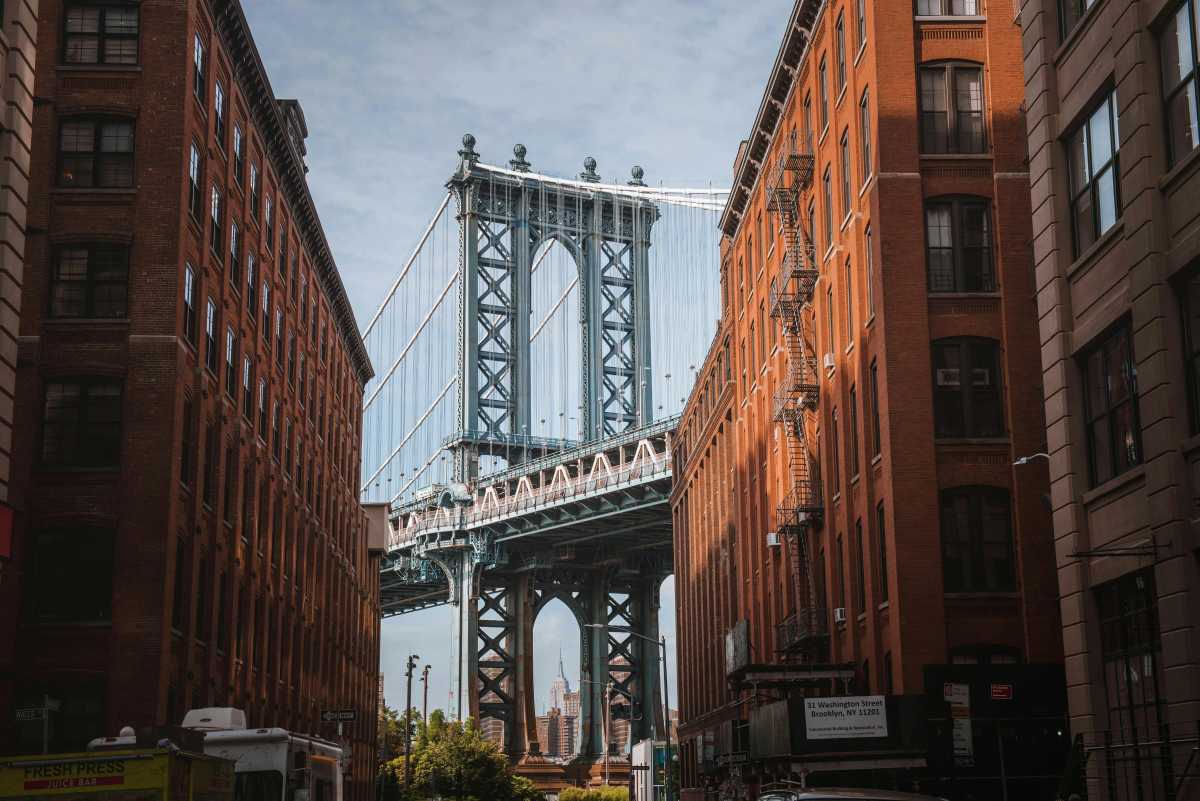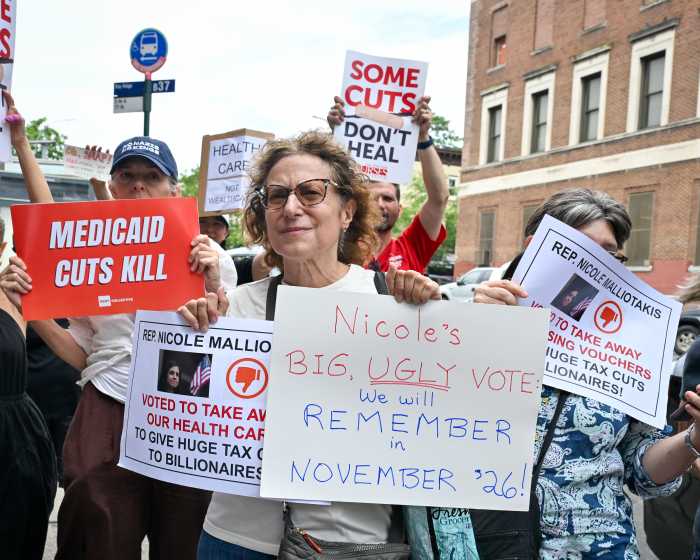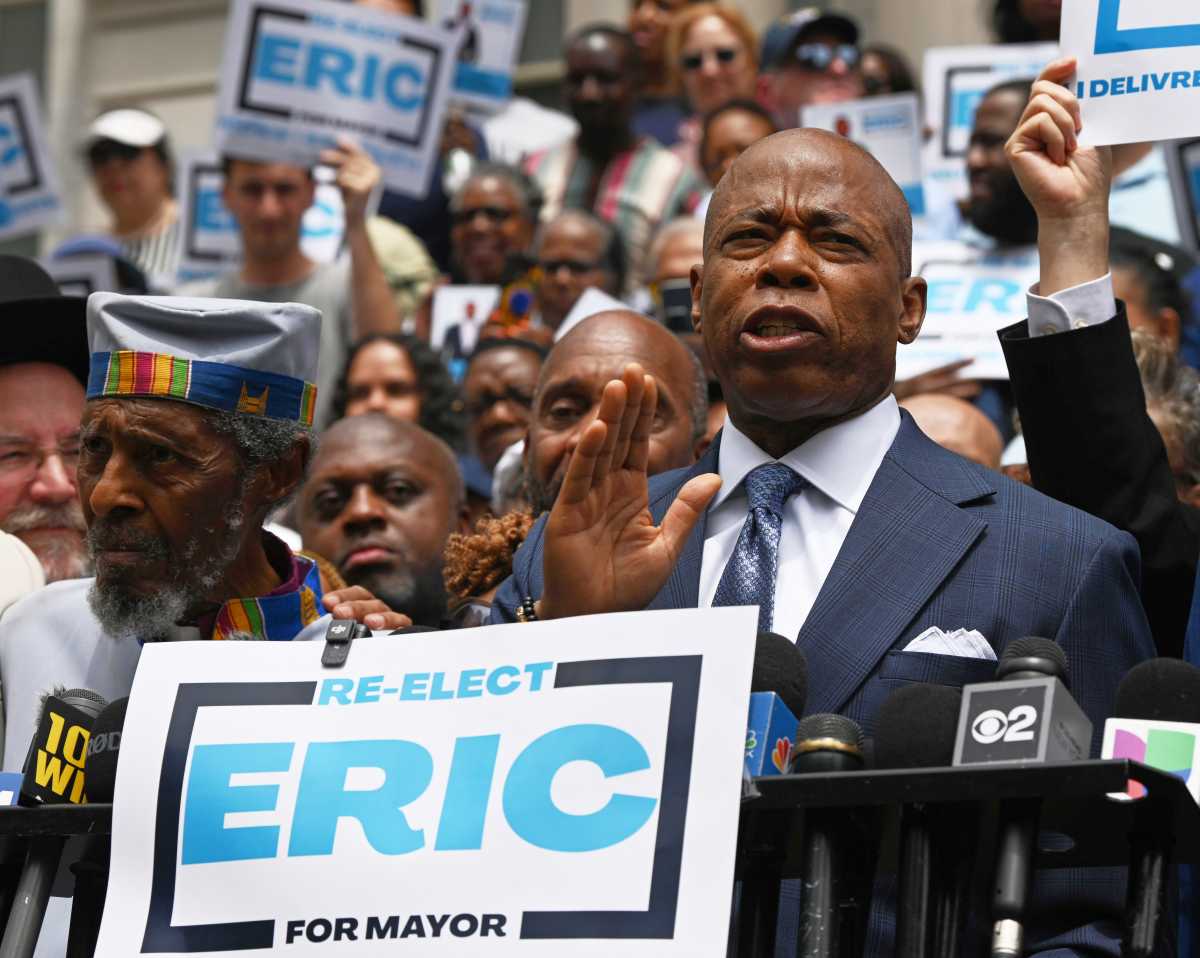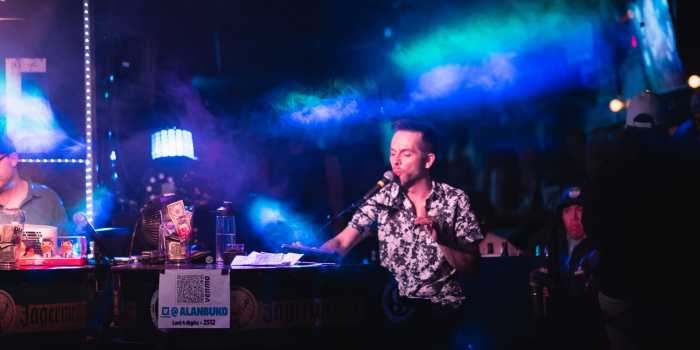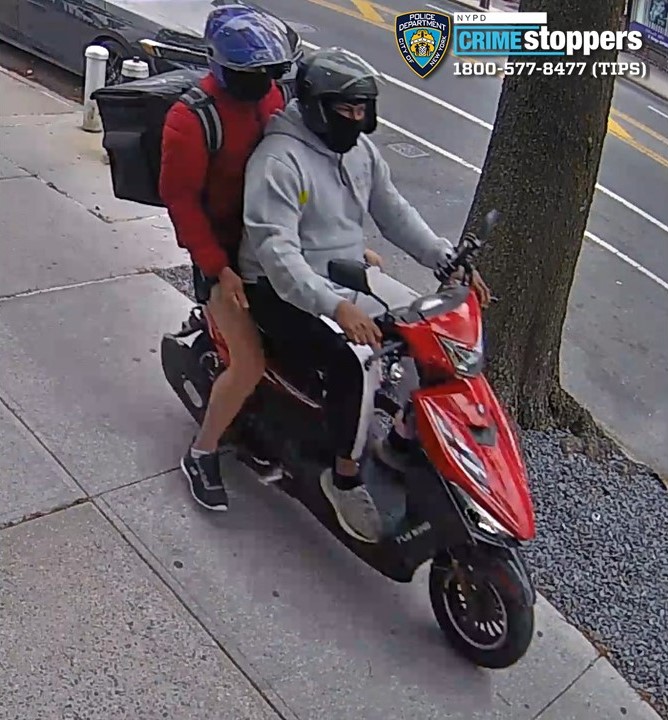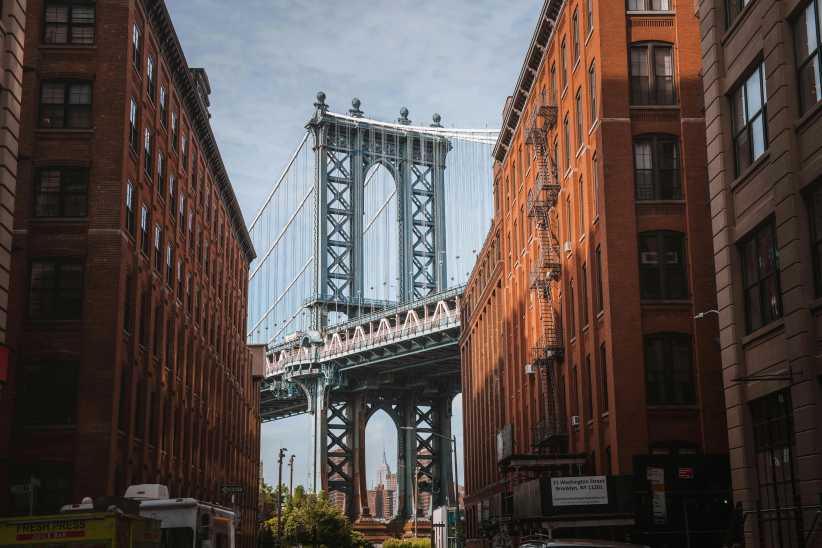A Park Slope man thinks he knows how to take the stink out of the Gowanus — and he’s aiming to teach the city just how to do it.
Retired engineer Bart Chezar is submitting an application to the city’s Department of Environmental Protection (DEP) that he hopes will not only prevent raw sewage from continuing to foul the already polluted waterway, but also modify the behavior of local residents so that they do their part to keep the waterway clean.
Early last month, the agency put out a notice indicating it is seeking proposals for how best to remove stormwater from the combined sewer system, and how best to treat it before it is discharged back into the Gowanus Canal watershed, and in Flushing Bay in Queens.
The agency plans to award grants totaling $2.9 million to the potential projects, equally divided between the two areas.
During rainstorms, sewage and stormwater overwhelm the system, exceeding the capacity of sewage treatment plants. When that happens, the combined, contaminated cocktail is dumped directly in the Gowanus, helping to give the waterway its trademark stench.
“We need to reduce that as much as we can,” said Chezar, 63, who at one time was a research and development engineer with the New York Power Authority, directing their electric transportation department, which was responsible for the development and introduction of the city’s fleet of hybrid electric buses.
Chezar’s proposal, called the “Remote Drain Controlled Rainwater Collection Cistern,”uses an approach used by the electric utility industry for decades, namely using regulators indicate when a system if overtaxed, and closing off a component of the system to prevent an overflow.
His system collects rainwater from buildings, and stores it in large, 750-gallon cisterns if a signal alerts that an overflow event is imminent. “Once you get that signal, it will close the valve because you don’t want to be dumping that water anymore.”When the system can handle it, the water is released back into the sewer line. “This is smart technology — it sees the action before it occurs and reacts to it,” he noted.
Presently, 377 million of gallonsare discharged into the canal eachyear from 11 combined sewer overflow pipes along the waterway, Chezar said. Even with the city’s recently announced plan to reduce the overflows, there will still be 250 million gallons dumped in the canal, he noted. “Any gallon you can prevent from being discharged reduces that number,” he said.
Chezar’s hope is that his system will be installed in representative homes, institutions and businesses in and around the Gowanus. If it is shown to be effective, he is suggesting the city provide a discounted water rate to homes or businesses that employ the technology.
The plan would offer a variety of modes of communication — text messaging, Twitter, e-mail — to alert resident that an overflow event was likely. A small subgroup of homes would even receive a remote signal to a MIT-designed cube-shaped device that will change color when the canal is in danger of being overwhelmed by sewage.
The theory is that the person would then modify their behavior, say, forestall washing their dishes, until after the danger of polluting the canal has passed. “This isn’t Big Brother,” Chezar said. “It is basically telling you what’s going on.”
The DEP said it is undertaking the project, called the Flushing Bay and Gowanus Canal Watershed Initiative, in connection with a settlement it hammered out with the state for violations of state law and Department of Environmental Conservation regulations.Any educational organization or institution can apply. “This is basically an environmental initiative that will help water quality in particular areas like the Gowanus and Flushing Bay,” said agency spokesperson Mercedes Padilla.
Chezar’s proposal is being submitted in concert with sponsoring group New York/New Jersey Baykeeper. The deadline for submissions is Feb. 26. The DEP is expected to announce grant recipients by June 2010.


